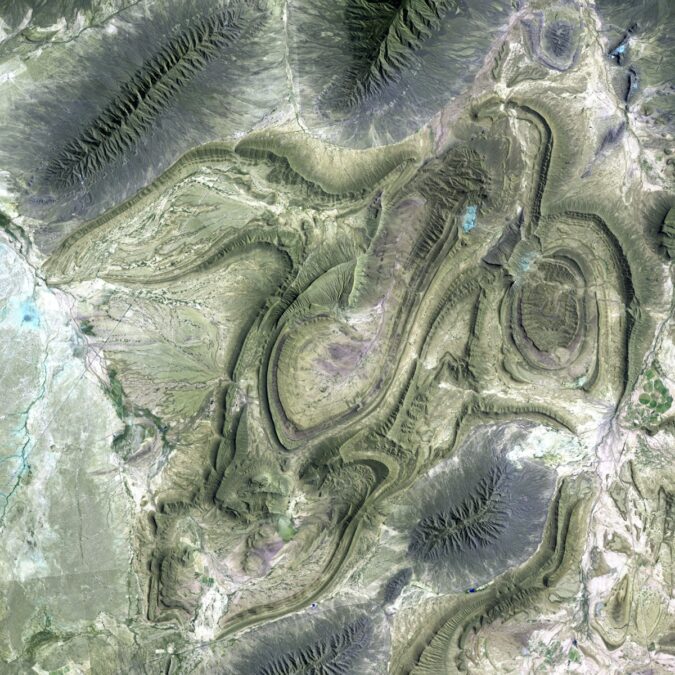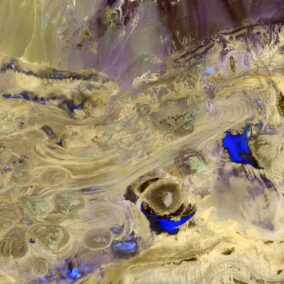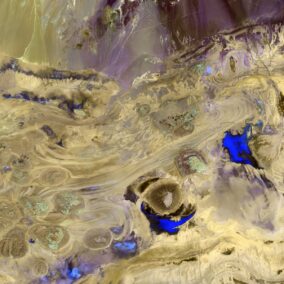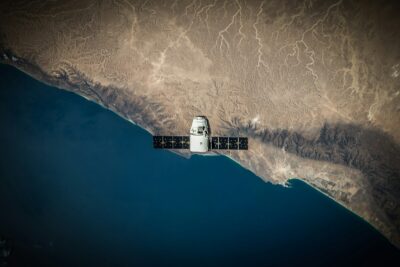Navigating the Skies with Precision and Efficiency
Understanding Satellite Navigation Systems
Satellite navigation systems are at the forefront of modern aviation, enabling the implementation of performance-based navigation (PBN) concepts. In Saudi Arabia, the UAE, and beyond, these systems revolutionize airspace design and operations, offering flexibility and scalability previously unattainable. By harnessing the power of satellite technology, aviation authorities can optimize airspace utilization and enhance safety and efficiency in air travel.
Enhancing Airspace Design
Performance-based navigation (PBN) concepts, facilitated by satellite navigation systems, allow for more precise and dynamic airspace design. By leveraging satellite data, airspace designers can create routes tailored to specific aircraft performance capabilities, weather conditions, and traffic demands. This flexibility not only optimizes airspace capacity but also reduces fuel consumption and emissions, contributing to environmental sustainability. From Riyadh to Dubai, satellite navigation systems are transforming the way airspace is conceptualized and managed, paving the way for a more interconnected and efficient aviation ecosystem.
Optimizing Airspace Operations
In addition to airspace design, satellite navigation systems revolutionize airspace operations, enabling more efficient and streamlined air traffic management. By providing real-time data on aircraft position and trajectory, these systems empower air traffic controllers to make informed decisions and optimize traffic flow. Moreover, satellite-based communication and surveillance technologies enhance situational awareness and enable seamless coordination between different airspace sectors. As a result, air traffic management becomes more resilient to disruptions and can accommodate growing air traffic demand while maintaining safety and efficiency standards.
Conclusion: The Future of Airspace Innovation
In conclusion, satellite navigation systems play a pivotal role in shaping the future of airspace innovation. By supporting the implementation of performance-based navigation (PBN) concepts, these systems enable flexible and scalable airspace design and operations. From optimizing airspace capacity to enhancing air traffic management, satellite navigation systems unlock new possibilities for the aviation industry. As technology continues to evolve, embracing satellite navigation systems will be essential for ensuring safe, efficient, and sustainable air travel for generations to come.
Embracing Technological Advancement
As we look to the future, it is imperative to embrace the advancements brought forth by satellite navigation systems. By leveraging these technologies, aviation authorities can address the complex challenges of airspace management and pave the way for a more connected and efficient aviation ecosystem. With innovation at its core, satellite navigation systems will continue to redefine the possibilities of air travel, driving progress and shaping the future of aviation.
Embracing Technological Advancement
As we look to the future, it is imperative to embrace the advancements brought forth by satellite navigation systems. By leveraging these technologies, aviation authorities can address the complex challenges of airspace management and pave the way for a more connected and efficient aviation ecosystem. With innovation at its core, satellite navigation systems will continue to redefine the possibilities of air travel, driving progress and shaping the future of aviation.
Promoting Sustainable Aviation
Furthermore, satellite navigation systems hold the key to promoting sustainability within the aviation industry. By optimizing airspace design and operations, these systems reduce fuel consumption, emissions, and environmental impact. As concerns about climate change mount, embracing satellite navigation systems becomes paramount for creating a more sustainable future for aviation. Through collaboration and innovation, we can harness the power of satellite technology to build a greener and more resilient aviation sector.
Ensuring Global Connectivity
In an increasingly interconnected world, satellite navigation systems play a crucial role in ensuring global connectivity and accessibility. By providing accurate positioning and navigation capabilities, these systems enable aircraft to navigate safely and efficiently across diverse geographic regions. This connectivity is particularly vital for regions like Saudi Arabia and the UAE, which serve as key hubs for international air travel and trade. By embracing satellite navigation technologies, these countries can strengthen their position as global aviation leaders and facilitate seamless connectivity for travelers and businesses alike.
Promoting Sustainable Aviation
Furthermore, satellite navigation systems hold the key to promoting sustainability within the aviation industry. By optimizing airspace design and operations, these systems reduce fuel consumption, emissions, and environmental impact. As concerns about climate change mount, embracing satellite navigation systems becomes paramount for creating a more sustainable future for aviation. Through collaboration and innovation, we can harness the power of satellite technology to build a greener and more resilient aviation sector.
—
#SatelliteNavigationSystems #PBN #AirspaceDesign #AirTrafficManagement #AviationInnovation #SaudiArabia #UAE #Riyadh #Dubai #ModernTechnology #BusinessSuccess #Leadership #ProjectManagement























